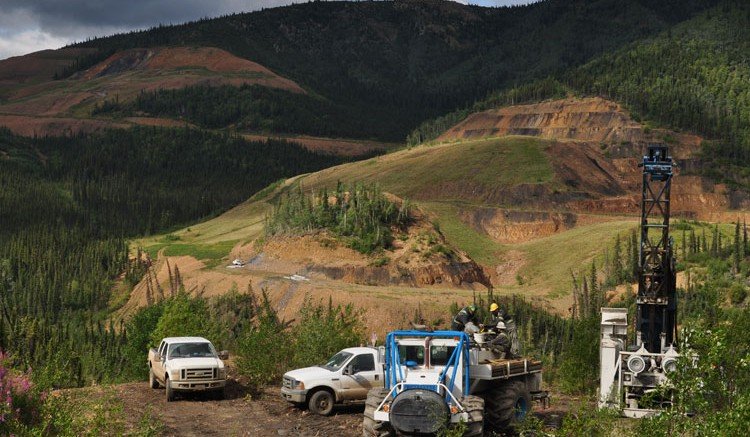Golden Predator to acquire Viva Gold, build ‘premier junior gold producer’

As part of the arrangement agreement, Viva shareholders would receive 1.6 class ‘A’ common shares of Golden Predator for each Viva stock, which represents a 35% premium to both the 20-day and 30-day volume-weighted average prices of Viva. Upon closing, Viva shareholders hold 27% of Golden Predator.
Together with this acquisition, Golden Predator is proposing to distribute 8.6 million shares of C2C Gold (CSE: CTOC) to its shareholders before closing of the arrangement transaction. C2C is a Newfoundland-focused exploration company that is 27% held by Golden Predator.
In the release, William Sheriff, Golden Predator’s executive chairman, notes that James Hesketh, Viva Gold’s CEO and director, is “deeply familiar” with Brewery Creek.
Upon closing, directors of the combined company would include William Sheriff, James Hesketh, two Viva Gold nominees and three Golden Predator nominees. The management team would include Hesketh as president and CEO and Mike Maslowski from Golden Predator in the COO role.
Closing – which is expected around May 3 – is subject to customary conditions that include the approval by two-thirds of Viva Gold shareholders.
The agreement includes non-solicitation and right-to-match provisions with a C$300,000 break fee.
Golden Predator’s key asset is the Brewery Creek mine with indicated oxide resources of 22.2 million tonnes grading 1.11 g/t gold and inferred oxide resources of 16.8 million tonnes at 0.92 g/t gold. Between 1996 and 2002, the site produced gold from seven oxide deposits and includes a quartz mining license. An updated resource for the site is expected in the first quarter, a feasibility study is also underway.
Viva’s Tonopah project includes 12.8 million measured and indicated tonnes at 0.79 g/t gold and 8.4 million inferred tonnes grading 0.67 g/t gold. A May 2020 preliminary economic assessment defined a 6-year open pit heap leach development at the site, producing an average of 38,000 gold oz. annually, at all-in sustaining costs of $1,075 per oz.
(This article first appeared in the Canadian Mining Journal)




